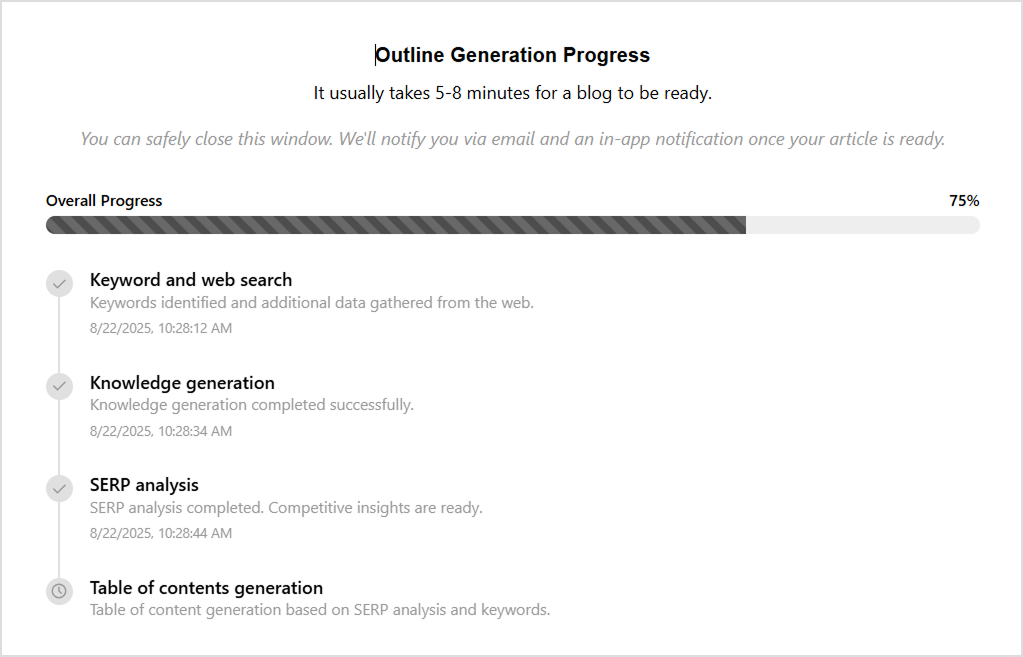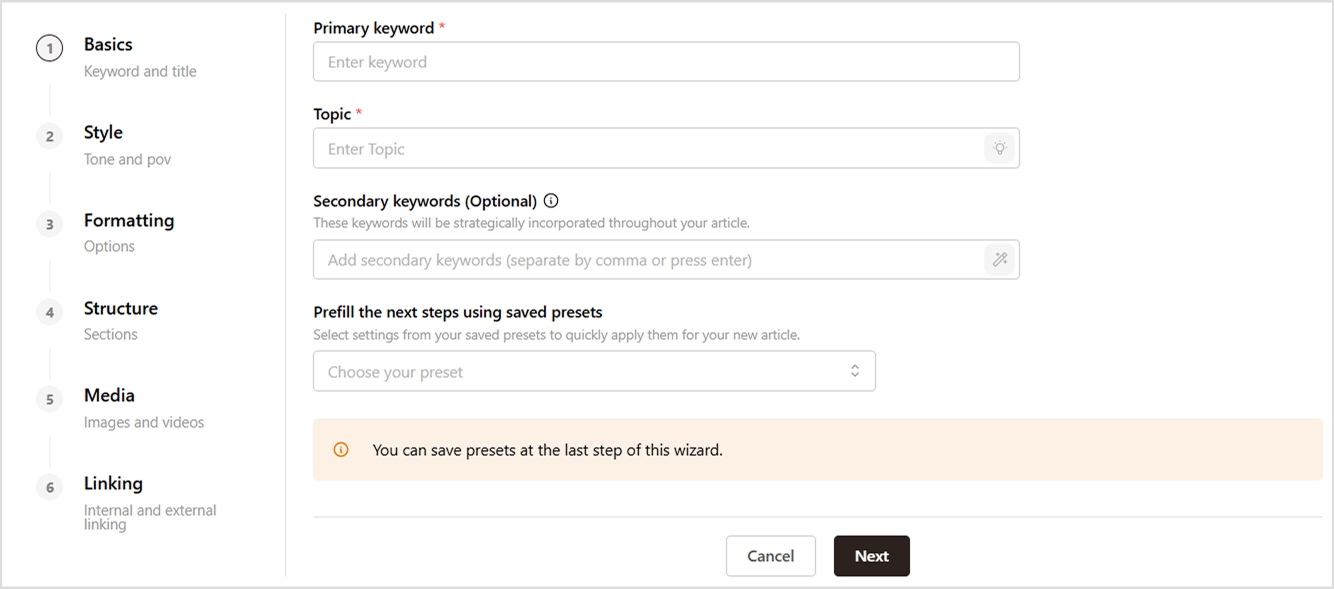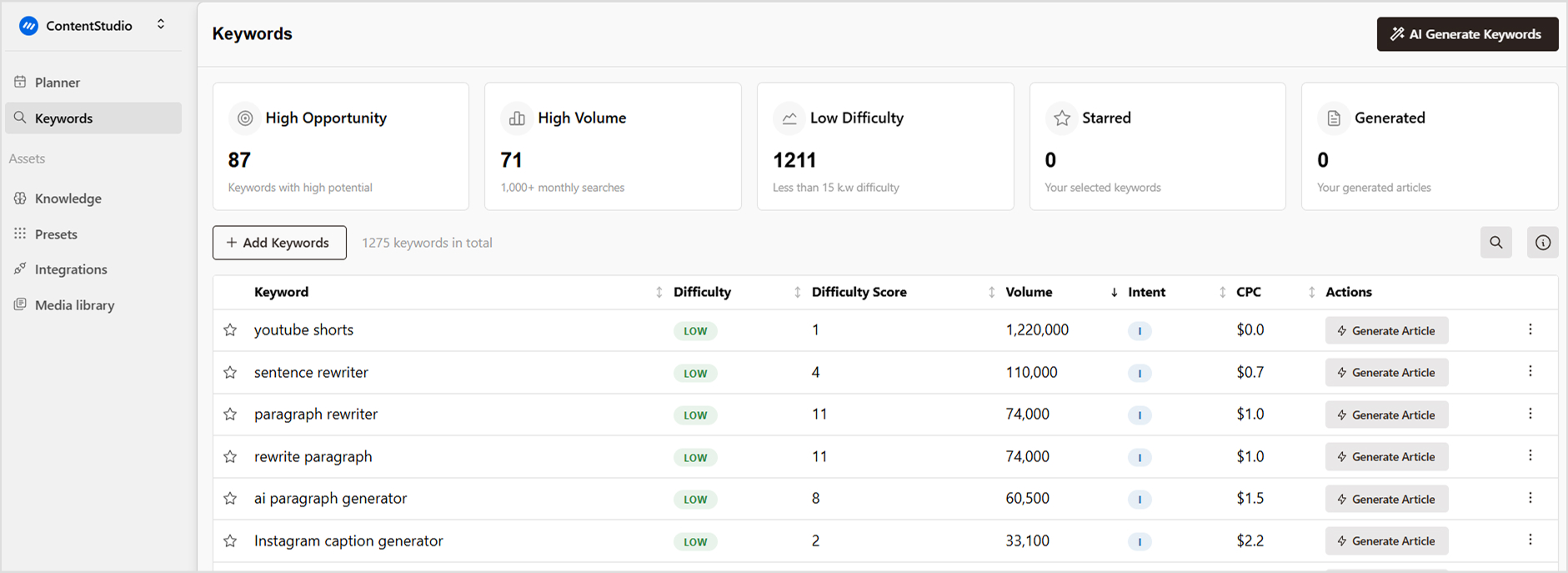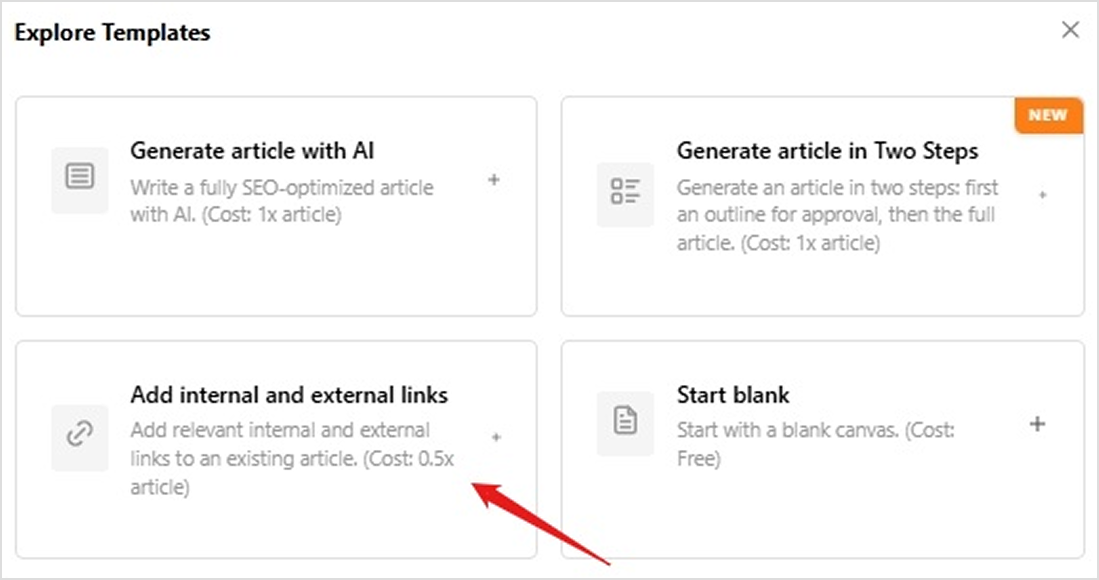How technical blog writing helps brands educate and convert?

Technical blog writing has become one of the most effective ways for brands, especially in SaaS, AI, cybersecurity, and other complex industries, to build credibility, engage their audiences, and drive conversions.
Unlike traditional blog writing that may focus on storytelling or light commentary, technical blog writing goes deep. It simplifies difficult concepts, educates readers about processes or tools, and offers practical solutions backed by expertise.
The true value lies in its dual role: it educates first and converts second. Brands that master technical blog writing not only rank higher on search engines but also win customer trust.
In this guide, we’ll explore how technical blog writing helps brands stand out, build trust, and turn readers into loyal customers. We’ll also look at how Contentpen’s AI blog writer can help simplify and scale the process.
What is technical blog writing?

Technical blog writing is the practice of creating blog content that explains specialized or complex topics in a clear, engaging, and actionable way. Instead of being conversational or anecdotal, it focuses on accuracy, depth, and clarity.
For example, an AI company might publish a blog explaining how natural language processing works, while a SaaS brand could write about optimizing workflows using automation. These are not simple topics, but when explained with the right structure, they can make a brand the go-to resource in its niche.
Tech blogs often include:
- Step-by-step tutorials and walkthroughs.
- Data, charts, and code snippets.
- In-depth comparisons between tools or methods.
- Best practices drawn from research and expertise.
For instance, how to connect your WordPress with Contentpen is a technical blog that takes a complex integration process and makes it simple for users to follow. Similarly, how to add a sitemap in Contentpen provides a hands-on tutorial that teaches while positioning the product as the solution.
Why technical blog writing is critical for brands
- Educating the audience
Today’s audiences, particularly in B2B and technology-driven industries, don’t want sales pitches; they want knowledge. A well-written technical blog allows brands to educate potential customers, breaking down challenges and offering insights that help them make informed decisions.
Consider the blog on AI-generated content. It takes a highly technical topic and translates it into simple explanations. By doing so, it doesn’t just educate readers but also builds trust in Contentpen as a credible authority.

- Building authority and trust
Brands that regularly publish high-quality technical blogs establish themselves as industry experts. Each article becomes a proof point of their knowledge. Over time, this positions the brand as a thought leader and makes potential customers more likely to choose their solutions.
A great example is the blog on the future of blog writing services, which provides in-depth analysis of AI trends. By addressing emerging technologies confidently, Contentpen establishes credibility in a competitive market.
- Driving organic traffic
Technical blogs are SEO-friendly by nature. They cover long-tail, niche-specific keywords that attract highly targeted audiences. Unlike generic content, technical posts bring in readers who are actively searching for solutions, comparisons, or how-to guides.
For instance, the best AI SEO tools target decision-makers searching for optimization tools. Each visitor is already a potential lead because they’re looking for actionable answers.
- Converting readers into customers
While technical blogs educate, their ultimate goal is to convert readers into users or buyers. This is done subtly, by showing the reader not just why a solution matters, but how the brand’s product or service delivers that solution best.
For example, how to cut blogging time using AI educates readers about productivity challenges, then introduces Contentpen as the solution, seamlessly blending education with conversion.

Characteristics of effective technical blog writing
Not all technical blogs succeed. To truly educate and convert, they must balance depth with readability.
- Clarity: Even if the topic is complex, the writing should be accessible. Avoid jargon overload.
- Depth: Don’t oversimplify show expertise by covering details.
- Structure: Use headings, visuals, and examples to organize information logically.
- Credibility: Support claims with evidence, data, or references.
- Actionability: End with takeaways or steps readers can apply.
How technical blog writing fits into the buyer journey?
Technical blogs are powerful because they align with every stage of the buyer journey:
- Awareness stage: Readers discover your content while looking for answers to challenges. Example: Will AI replace writers? addresses a trending question that sparks initial interest.
- Consideration stage: Blogs help readers evaluate possible solutions. For instance, Best ChatGPT alternatives doesn’t just share options, it positions Contentpen in the mix.
- Decision stage: Deep-dive technical tutorials, like how to build a brand voice for Contentpen, show how to implement solutions, nudging readers toward conversion.
By addressing each stage, technical blogs function as a bridge from awareness to purchase.
SEO and technical blog writing
Search engines reward well-structured, in-depth blogs. Formatting your technical content with SEO in mind ensures that your posts not only educate but also reach more readers.
Keyword placement
Your main keyword here, “technical blog writing” should appear in the title, introduction, subheadings, and naturally throughout the text. Strategic keyword use signals relevance to search engines. See types of keywords for guidance on targeting the right keyword mix.
Meta descriptions
A clear, compelling snippet of 150–160 characters encourages clicks from search results. Check the on-page SEO checklist for step-by-step optimization practices.
Linking strategy
Internal links improve dwell time and connect readers to related resources, while external links add authority. Blogs like SEO writing tools, and optimized content marketing are great to interlink with technical SEO content.
For automation tips, see how to automate internal and external linking using Contentpen.
Image optimization
Tech blogs often include charts, diagrams, and screenshots. Naming images descriptively (e.g., technical-blog-writing-example.jpg) and adding keyword-rich alt text improves visibility.
How Contentpen makes technical blog writing easier and more effective?
Writing technical blogs is often challenging; it requires accuracy, structure, and SEO precision, while still keeping content accessible to readers. Contentpen simplifies this process by combining advanced AI systems with brand customization, ensuring your technical blogs are well-researched, reader-friendly, and optimized for conversions.
AI-powered outlines for technical content
Technical blogs demand a clear structure to explain complex ideas. With Contentpen’s AI-powered outline generator, you can create research-backed frameworks for tutorials, comparisons, or deep-dive articles in minutes. The tool organizes your blog into logical sections, making it easier to cover technical details step by step without overwhelming the reader.

Also read: Use AI to write blog posts
Customizable presets for technical writing styles
Maintaining consistency across technical blogs is critical for building authority. Contentpen’s customizable presets allow you to set rules for headings, code blocks, numbered steps, and formatting preferences. Whether you’re writing how-to guides, product integrations, or thought leadership posts, presets ensure every technical article feels polished and on-brand.

Explore: How to use Contentpen presets
Brand knowledge integration
Technical writing often needs to reflect a company’s unique terminology, tone, and expertise. Contentpen’s brand knowledge system learns from your existing content and adapts to your preferred writing style. This ensures that technical blogs align with your company’s voice while presenting complex details clearly and consistently.

Check out: How to build a brand voice for Contentpen
Smart keyword and topic suggestions
Ranking with technical content means covering both primary keywords and related terms that build topical authority. Contentpen analyzes competitor blogs and search intent to suggest smart keywords tailored for technical topics. These recommendations are integrated naturally into your headings, body content, and subtopics, helping you rank for broader semantic clusters.

Learn more: SEO writing tools
Automated internal and external linking
Technical blogs thrive on credibility, but manually linking to related resources can be time-consuming. Contentpen’s automated linking system identifies opportunities for both internal blogs and authoritative external sources. For example, if you’re writing about SEO automation, it can link directly to how to automate internal and external linking using Contentpen. This strengthens SEO and enhances reader experience without disrupting the content’s flow.

Bulk content creation for scaling technical blogs
For brands that need to publish multiple technical blogs each month, Contentpen’s bulk creation feature is a game-changer. It allows you to generate dozens of technical articles at once while ensuring each follows your chosen presets, structure, and brand guidelines. This makes scaling easier without sacrificing depth or quality.

Also read: How to create articles in bulk using Contentpen
Advanced editing and optimization
Technical blogs often need fine-tuning to balance depth with readability. Contentpen provides editing tools that can rewrite sections for clarity, improve flow, and optimize for featured snippets. This ensures your technical content isn’t just accurate, it’s engaging and SEO-ready.
With these advanced features, Contentpen turns technical blog writing into a streamlined, scalable process. Instead of worrying about formatting, linking, or SEO, your team can focus on delivering valuable insights that educate readers and convert them into customers.
Conclusion
Technical blog writing is not just another form of content marketing; it’s a long-term growth strategy. By explaining complex topics, building authority, and integrating SEO best practices, technical blogs turn readers into loyal customers.
Brands that invest in technical writing see higher search rankings, better-qualified leads, and stronger conversion rates. And with Contentpen, the process becomes faster, easier, and more effective, helping you consistently deliver technical content that educates your audience while driving measurable business growth.
If you’re ready to scale your technical blog writing, now’s the time to leverage AI-driven tools like Contentpen. Your audience is searching for clarity; make sure you’re the brand that provides it.
Frequently Asked Questions
Technical blog writing is the process of creating in-depth, solution-focused content that explains complex topics in simple, actionable language. It’s designed to educate readers, establish brand authority, and guide audiences toward conversions.
It helps brands educate their audience, build credibility, improve SEO visibility, and generate high-quality leads. By addressing customer pain points with clear, technical explanations, brands can convert readers into paying customers.
Not at all. While it’s popular in SaaS, AI, and IT industries, any business with complex products or services can benefit. For example, financial firms, healthcare providers, and e-commerce platforms use technical blogs to simplify information for their audiences.
You might be interested in...

What is blogging? The ultimate guide
Should I start my own blog? Is blogging dead? Can I get paid for blogging? What does blogging even mean in this age of AI? These are some of the most common questions associated with blogging, and we’ll be answering all of them in detail to understand what blogging is. Blogging has changed a lot […]
Sep 17, 2025

What is a blog: meaning, elements, types, and more!
Whether you’re completely new to the digital world or looking to expand your online presence, understanding what a blog is is essential in today’s content-driven landscape. A blog serves as your digital voice, allowing you to share ideas, build communities, and even generate income. In this comprehensive guide, we’ll explore everything you need to know […]
Sep 17, 2025